•Sealing length: 75cm.
•Suitable for PP, PE, PVC, NY etc. plastic bags and aluminum bags.
•Timer control
.jpg)

Foot type impulse sealer:
• No preheating required.
• Single or twin heating could be chose depends on customer’s demands.
• Twin element: available for aluminum bag, tinfoil bag, sterilization bag.
• Single element: PE, PP, PVC, OPP, POF…plastic bag.
• Sealing width: 5mm or 10mm
• Additional accessories:
(1) Can add an electric magnet or pneumatic eqipment for pedal switch controled.
(2) Date coder.
• For other lengths sealing machine, please contact us.
|
Item No. |
||||
|
Voltage |
100V, 110V, 120V, 220V, 240V |
|||
|
Max. sealing |
300x5mm |
450x5mm |
600x5mm |
750x5mm |
|
Machine weight |
20 kgs |
22 kgs |
25 kgs |
28kgs |
|
Machine size |
380x340x880mm |
530x340x880mm |
680x340x880mm |
830x340x880mm |
| Model No. | DS-750FT |
|---|---|
| Sealing type | Impulse Heat |
| Voltage/Ampere | 100V,110V,120V,220V,240V |
| Max.sealing | Max:750.0 x 5.0 mm |
| Machine weight | 28.00 kgs |
| Machine size | 830 x 340 x 880 mm |
75cm Foot type impulse sealer:
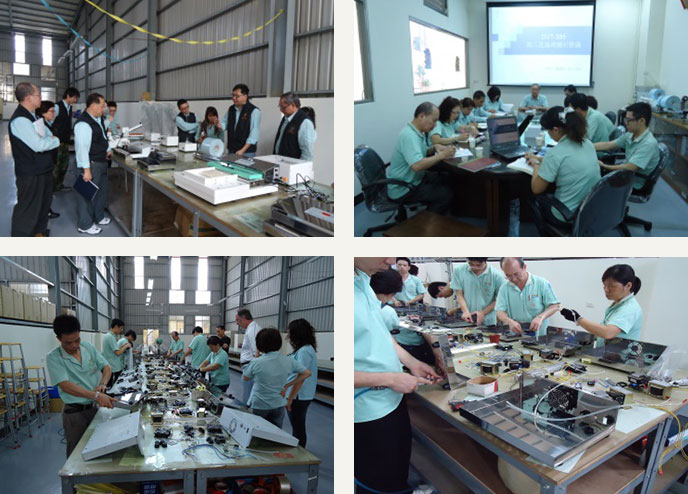
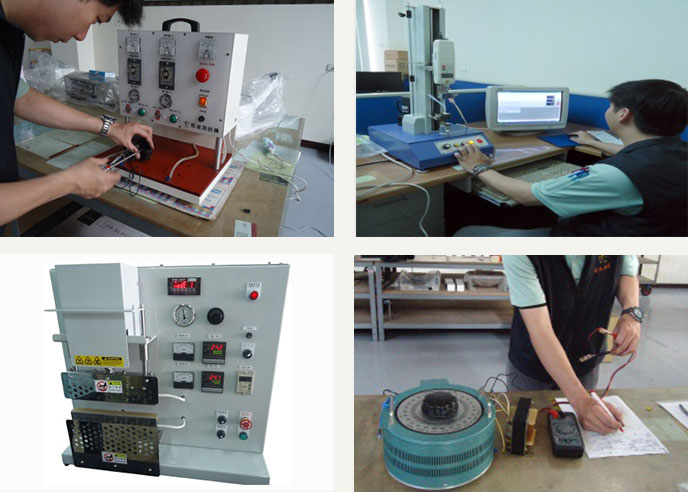
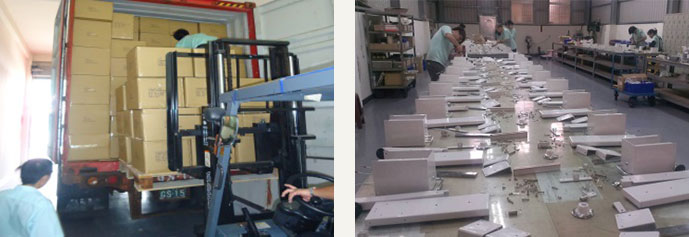
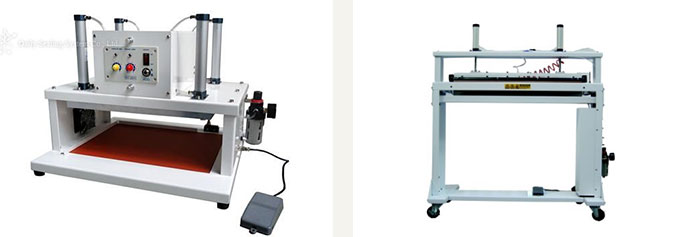
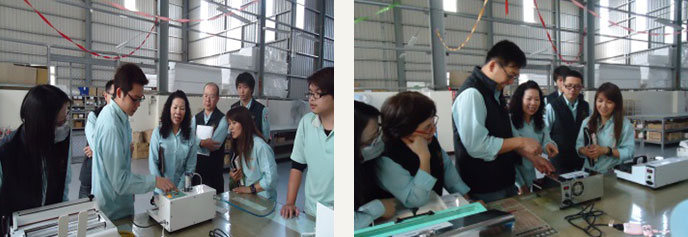
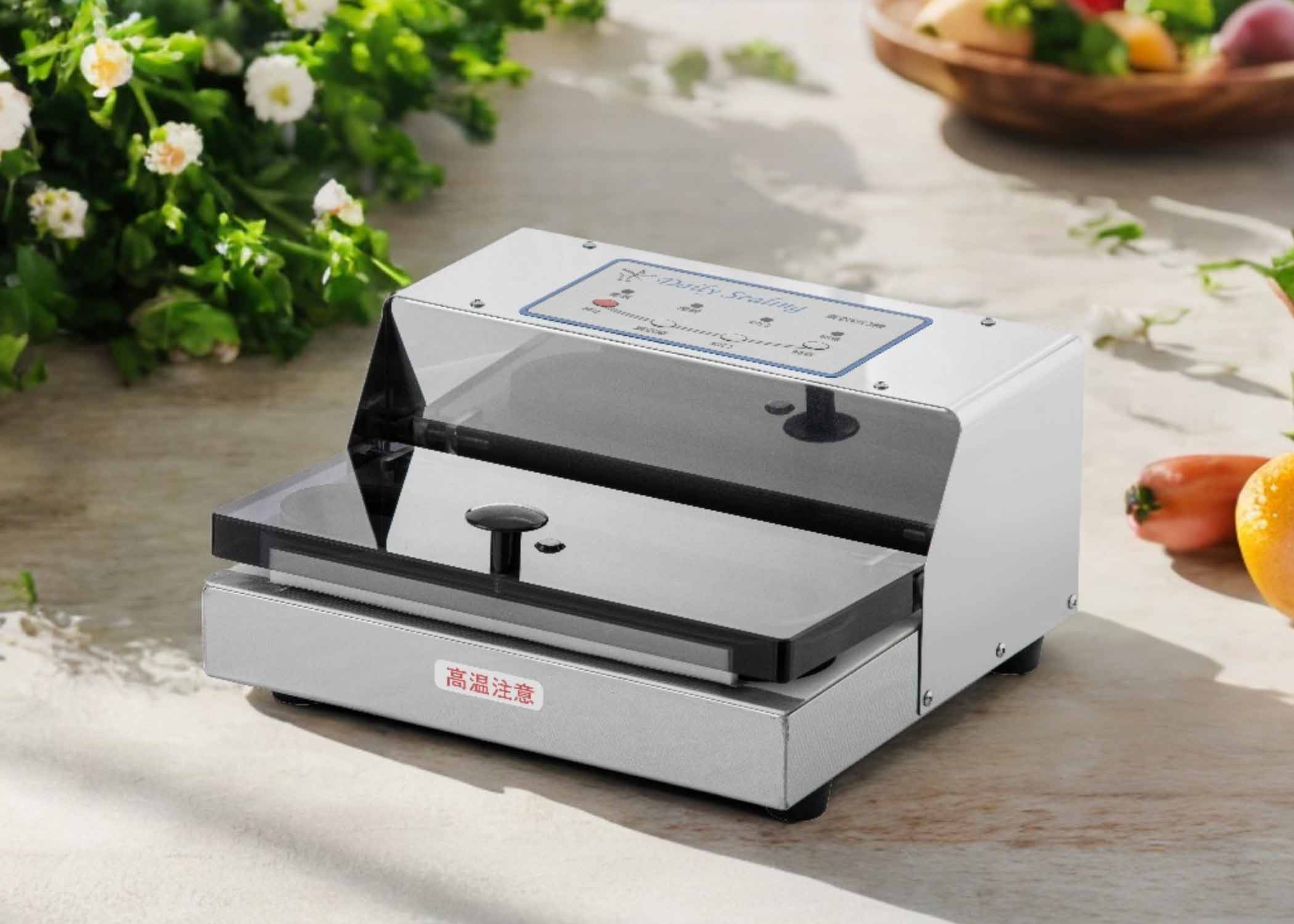
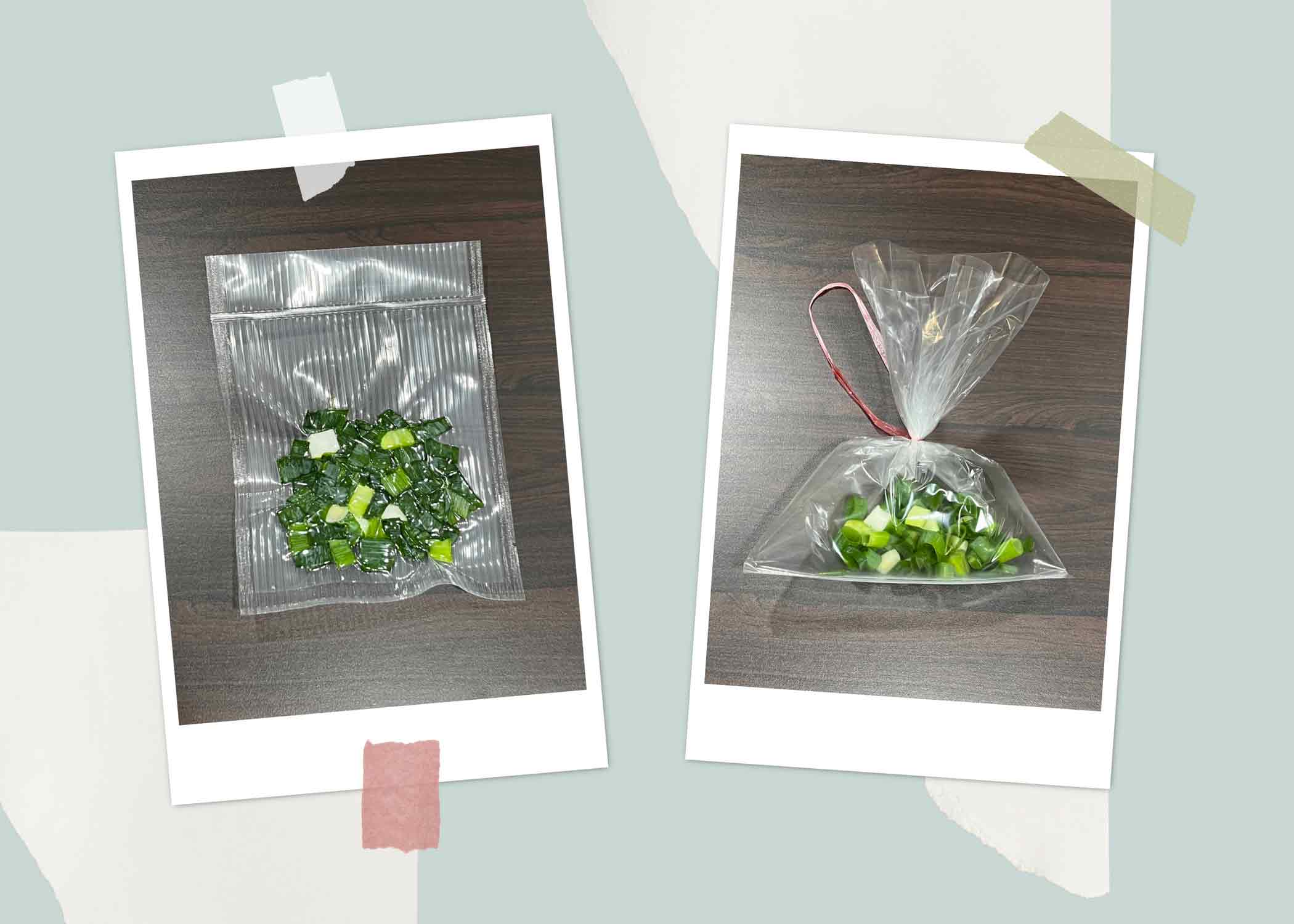
.jpg)